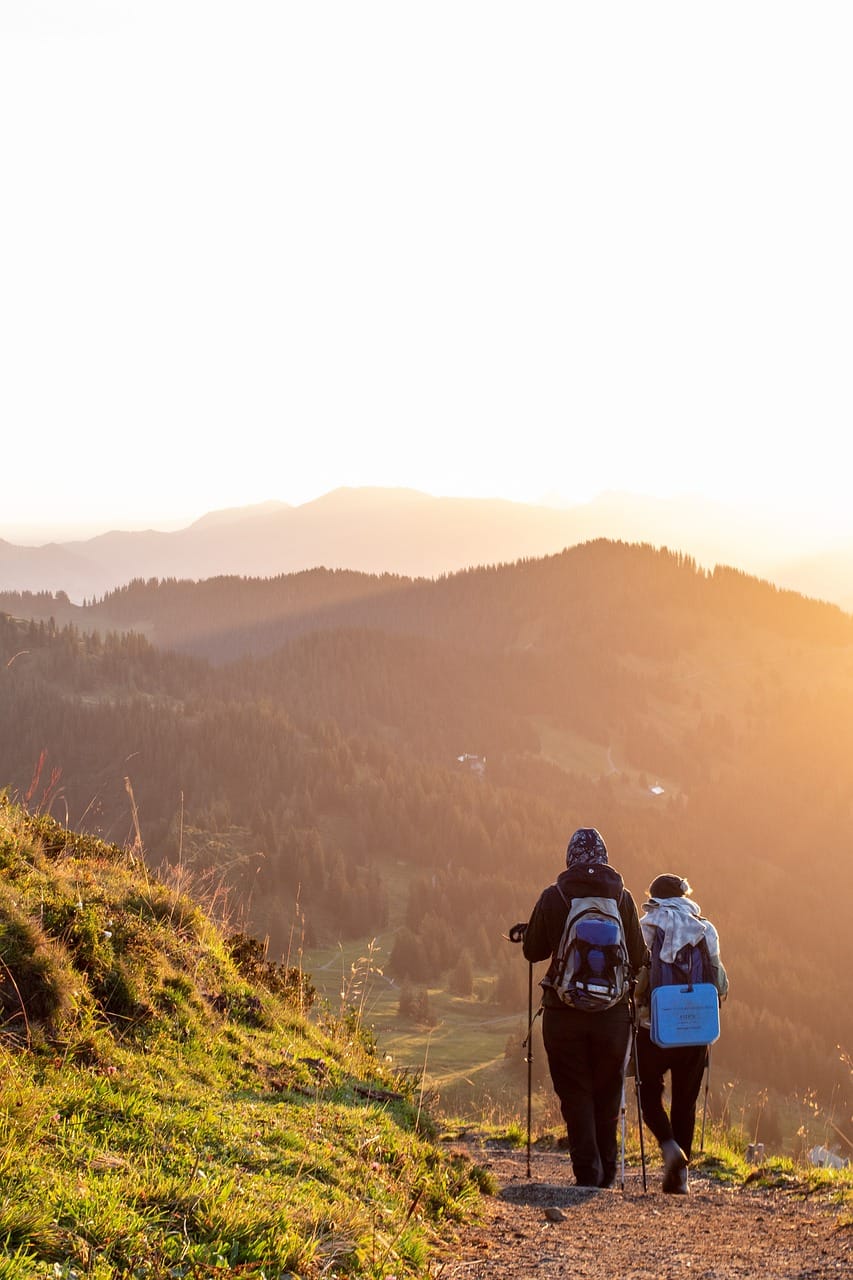Tanzania is a year-round safari destination with a variety of climates, thanks to its diverse geography and proximity to the equator. Whether you’re seeking the Great Migration, climbing Mount Kilimanjaro, or relaxing on Zanzibar’s beaches, understanding the weather will help you make the most of your safari experience.
Here’s a month-by-month breakdown of Tanzania’s weather and the best times for different safari adventures.

Tanzania’s Climate Overview
Tanzania has two main seasons:
- Dry Season (June to October): Known for clear skies, cool temperatures, and excellent wildlife viewing as animals gather around water sources.
- Rainy Season (November to May): Divided into the short rains (November to December) and the long rains (March to May), offering lush landscapes and fewer tourists.
Month-by-Month Weather Guide
January to February
- Weather: Warm and humid, with occasional short rains.
- Best For: Calving season in the Serengeti as thousands of wildebeest give birth, attracting predators. Great for birdwatching as migratory species arrive.
- Travel Tip: Light rain might occur, but roads are generally passable, and crowds are fewer.
March to May (Long Rains)
- Weather: Heavy rainfall, particularly in April. Temperatures remain warm.
- Best For: Budget-friendly safaris with lush green landscapes and dramatic skies. Ngorongoro Crater and Tarangire remain accessible.
- Travel Tip: Some remote lodges may close, and wildlife can be harder to spot due to dense vegetation.
June to October (Dry Season)
- Weather: Cool and dry with clear skies. Nights can be chilly, especially in higher altitudes like Ngorongoro.
- Best For: Peak wildlife viewing in the Serengeti, including the famous river crossings during the Great Migration. Excellent for climbing Mount Kilimanjaro or visiting Ruaha and Selous.
- Travel Tip: This is the most popular time for safaris, so book accommodations and tours early to avoid disappointment.
November to December (Short Rains)
- Weather: Brief, light rains with warm temperatures.
- Best For: Quieter parks and fewer crowds. The landscape starts turning green, and migratory birds return.
- Travel Tip: The short rains are less disruptive than the long rains, making it a great time for both safari and beach holidays.
Best Time for Specific Safaris
Serengeti’s Great Migration:
- Best Time: June to October (river crossings) and January to February (calving season).
- Why: Dry season ensures easier wildlife spotting, while calving season offers predator action.
Ngorongoro Crater:
- Best Time: Year-round, though the dry season (June to October) offers better visibility.
- Why: Animals are abundant within the crater, regardless of the season.
Tarangire and Selous Game Reserves:
- Best Time: Dry season (June to October) when animals congregate near water sources.
- Why: These parks have seasonal rivers that attract large concentrations of wildlife during the dry months.
Zanzibar Beach Holiday:
- Best Time: June to February for sunny, dry weather.
- Why: Perfect for combining a safari with relaxation on the island’s pristine beaches.
Packing Tips for Tanzanian Safaris
Regardless of the season, pack for variable weather:
- Dry Season: Light layers for warm days, a jacket for chilly mornings and evenings, and a wide-brimmed hat for sun protection.
- Rainy Season: Quick-drying clothes, a waterproof jacket, and sturdy boots for muddy trails.
- All Seasons: Binoculars, sunscreen, insect repellent, and a reusable water bottle are essential year-round.

Book Your Safari with Future African Safari
No matter the season, Tanzania offers unforgettable experiences. At Future African Safari, we help you plan the perfect trip, whether you’re chasing the Great Migration, climbing Kilimanjaro, or relaxing on Zanzibar’s beaches.
Contact us today to start planning your Tanzanian adventure!

